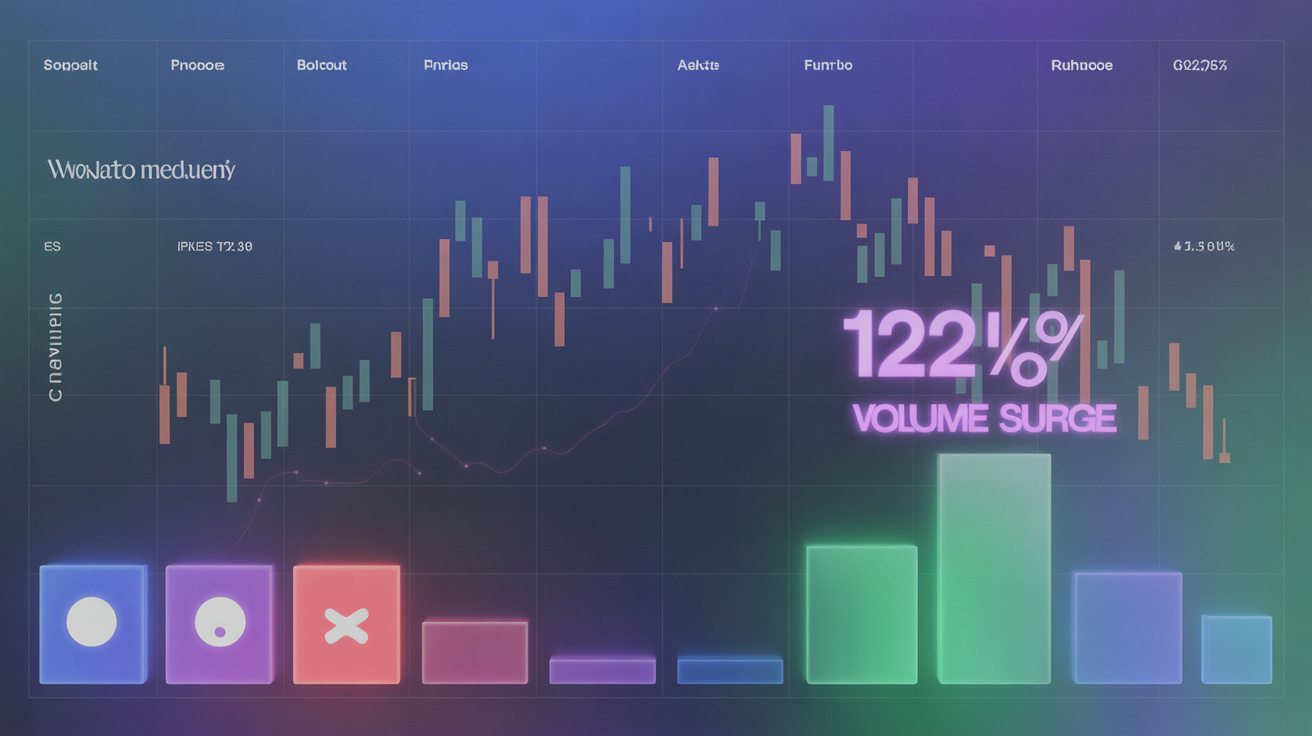Powell’s Jackson Hole Speech Highlights Inflation-Jobs Balance, Setting Tone for Fed Policy Into 2026
At this year’s Jackson Hole Economic Policy Symposium, Federal Reserve Chair Jerome Powell presented a cautious outlook, emphasizing the delicate balance between persistent inflation risks and a weakening labor market. His remarks signal a careful approach to monetary policy through late 2025 and beyond.
Powell noted that tariff effects on consumer prices are now clearly impacting inflation, with headline PCE inflation at 2.6% and core inflation at 2.9% in July. Goods prices, which fell last year, have now turned upward, adding to inflationary pressures.
He described the labor market as “curious,” pointing out a sharp slowdown in monthly payroll growth—from 168,000 in 2024 to roughly 35,000 recently—while unemployment holds steady at 4.2%. Reduced immigration and slower labor force growth mean fewer hires are needed to maintain this unemployment rate, masking underlying labor market fragility.
Given this mix, Powell sees near-term inflation risks “tilted to the upside” and employment risks “to the downside,” advocating for a cautious, measured policy rather than rapid interest rate cuts.
Importantly, the Fed has shifted from its 2020 average inflation targeting framework back to a flexible 2% target. Powell clarified that employment can run above estimated maximum levels without automatically triggering hikes, as long as price stability remains intact.
He emphasized that the Fed “will not allow a one-time price level increase to become ongoing inflation.” Policy decisions won’t follow a preset path; while a rate cut in September is possible, a quick series of cuts requires significant data deterioration.
Political Backdrop Adds Uncertainty
Powell’s current Fed chair term runs through May 2026, and while he intends to complete it, political dynamics add complexity. Former President Donald Trump has criticized Powell’s cautious approach and may nominate a successor who favors looser policy to boost growth. While the Fed chair can’t be removed for policy reasons, markets are already factoring in a potentially more dovish leader arriving before 2026.
Political tensions surfaced when Trump publicly threatened to fire Fed Governor Lisa Cook over alleged misconduct. Although removals require cause, this signals possible increased political pressure on the Fed, adding uncertainty to leadership and communication.
What This Means for Treasurys
Powell’s stance suggests a slow, gradual easing of rates in late 2025 unless inflation falls substantially. Sticky goods prices and slowly easing services inflation imply that short-term yields may remain steady, with the yield curve steepening only if growth data weakens.
A future Fed chair more willing to ease policy could compress term premiums by signaling a quicker return to neutral rates, but until then, rate volatility will likely be driven by data rather than Fed signals.
Impact on Equity Markets
A cautious Fed supports hopes for a soft economic landing but limits expectations for rapid multiple expansions in stocks. Earnings growth can maintain market levels, but rate-sensitive growth stocks remain vulnerable to inflation or wage surprises that delay cuts.
If markets price in a more dovish chair willing to tolerate higher inflation, cyclicals and small caps could rally, though inflation expectations remain a key risk. For now, stocks react closely to inflation data, employment reports, and Fed messaging.
Implications for Crypto
Crypto markets sit at the crossroads of liquidity and inflation dynamics. A “higher for longer” interest rate environment limits speculative flows into altcoins and crypto-related equities like miners and exchanges, as funding costs remain elevated and risk appetites tighten.
At the same time, persistent inflation supports the narrative for scarce, hard assets such as Bitcoin and large-cap tokens with cash flow, rather than long-duration projects relying on hype. A Fed chair change in 2026 toward a more dovish stance could improve crypto liquidity but might also increase short-term volatility amid uncertainty over leadership and policy direction.
The Importance of the Policy Path
Even if the Fed cuts rates in September, Powell’s message suggests a gradual easing linked to inflation data rather than market hopes. Mortgage market rigidity and modest global easing provide only limited support. The dollar’s strength and term premiums will depend on whether inflation is a temporary tariff-driven spike or a more persistent problem.
In the transitory case, crypto and risk assets could broaden and rotate beyond current leaders. If inflation sticks around, leadership narrows and rallies falter in response to strong economic data.
Looking Ahead to 2026
Markets face a two-phase scenario: Powell’s cautious, data-driven approach through 2025, followed by a possible shift under a new Fed chair who might be less patient with inflation or more tolerant of growth risks. Senate confirmation and political realities temper expectations of a dramatic policy change, but uncertainty will rise.
For Treasurys, this means elevated term premiums until leadership clarity; for equities, possible sector rotation and factor shifts; and for crypto, a stronger medium-term liquidity outlook paired with near-term volatility.
Bottom Line
Powell has called for patience as inflation unfolds and job growth slows. Through late 2025, markets must navigate this cautious policy stance while factoring in the chance of a less cautious Fed chair in 2026. This sets up a challenging environment: steady tests for bonds, a grind for stocks, and volatile trading for crypto, with outcomes hinging on whether inflation proves temporary enough to allow cuts or persistent enough to prolong tightening.





